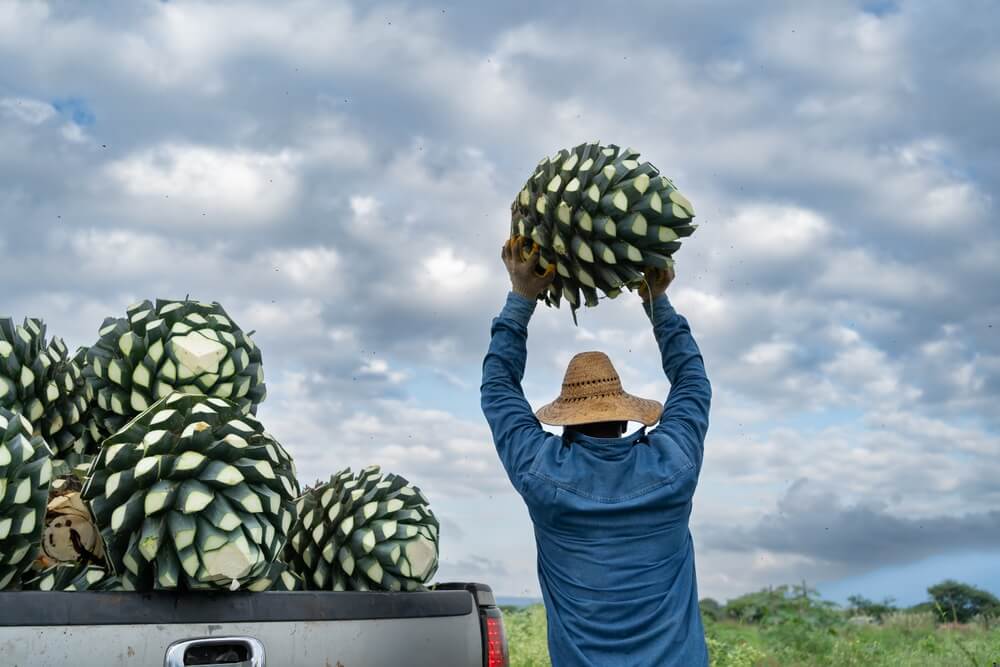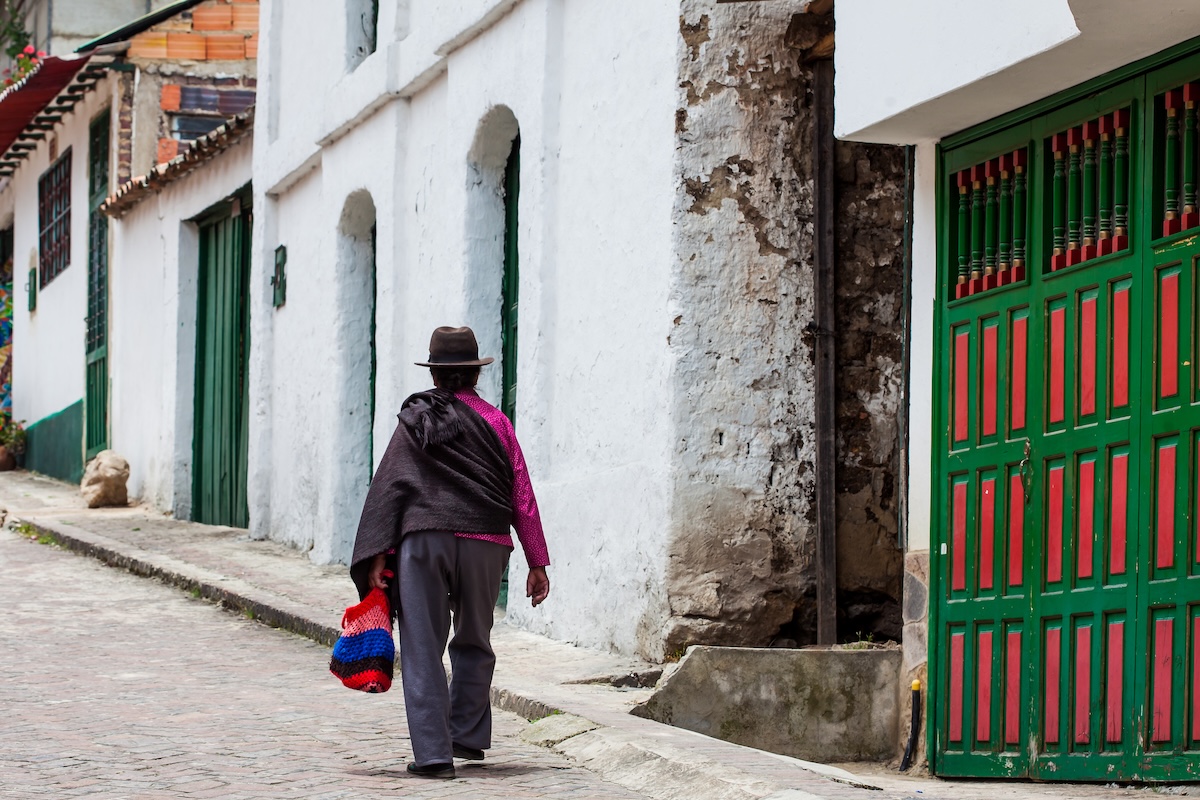Investing in Latin America and the Caribbean’s impact ecosystem represents an opportunity to generate financial returns and make a meaningful difference by addressing pressing social and environmental challenges, promoting economic development, and fostering innovation and sustainability. By positioning themselves at the forefront of this trend, impact and sustainable investors are tapping into new markets, attracting capital, and differentiating themselves in an increasingly competitive landscape.
Developing countries currently face a financing gap in meeting the Sustainable Development Goals of approximately $4.3 trillion. Projections state that only 25% of the SDGs in Latin America and the Caribbean (LAC) will be achieved in the next six years, positioning LAC as one of the regions in the world with the most significant challenges in terms of economic development.
Although the region has managed to stabilize after the pandemic, socioeconomic indicators reveal that public sector resources alone are not enough to finance the fulfillment of the SDGs. In search of solutions to fill the financing gap for Latin America and other regions of low-middle-income countries, the international community has invited the private sector to get involved and allocate resources to projects and initiatives committed to generating social and environmental impact.
Despite facing numerous challenges, LAC is also a region full of opportunities. According to the UN, the region contributes one-sixth of the world’s food production, and it will play a significant role in the global energy transition. The International Energy Agency (IEA) points out that LAC has vast renewable energy resources. As much as 60% of electricity in the region is generated from renewables, thanks to wind and solar energy, whose costs continue to decrease.
The region contains roughly 40% of the world’s biodiversity and hosts 46.5% of the world’s forests while being responsible for only 8.1% of global greenhouse gas emissions.
These factors make Latin America and the Caribbean an exciting region for private investment from local and international investors seeking social and environmental impact alongside returns.
In this sense, impact investing in Latin America has experienced a very positive evolution in recent years, visible in the number of ventures and projects that address social and environmental challenges that are scaling and gaining traction, as well as in the number of impact financing operations.
Although it is difficult to accurately estimate the growth of the impact investment market in recent years in terms of assets under management (AUM), there are already a number of documented impact investment experiences from investors with different risk and return profiles, proving that investing in LAC’s impact ecosystem goes beyond just making a profit and offers a variety of compelling reasons why it is more than just a good business opportunity.
Social impact and economic development
By investing in the impact ecosystem, investors have the opportunity to contribute positively to social issues such as poverty alleviation, healthcare improvement, education, and environmental sustainability, among others. Impact investments often target projects addressing pressing social challenges, creating tangible, measurable benefits for communities and individuals.
Moreover, these investments can catalyze economic growth and development in underserved communities by providing capital to businesses and projects that create jobs, stimulate local economies, and foster entrepreneurship. This, in turn, can help reduce inequalities and contribute to more inclusive economic growth across the region.
According to Latimpacto’s Annual Impact Survey, 47% of respondents invest in inclusive economic development, 39% in strengthening small and medium-sized businesses, and 37% in agriculture and the rural sector.
Environmental sustainability
Many impact investments in Latin America and the Caribbean promote environmental sustainability, including renewable energy projects, conservation initiatives, and sustainable agriculture practices. The results of Latimpacto’s Annual Impact Survey show that 49% of respondents invest in climate change and the environment.
By supporting these endeavors, investors can mitigate climate change and preserve the region’s natural resources for future generations. One notable illustration is the SocialAlpha Investment Fund (SAIF). With a focus on rural development in Latin America and Sub-Saharan Africa, early-stage and growth companies in the fund achieved 27% average revenue growth in 2022 (read the case).
Long-term value creation
By aligning financial returns with positive social and environmental outcomes, impact investors can generate lasting value for both investors and society as a whole. An excellent example of this is Co_ from Mexico, founded in 2011 to strengthen the impact ecosystem and engage new actors with a long-term commitment that focuses not on individual market gains but on configuring a collaborative initiative available to the significant capital owners in Mexico.
This initiative enabled the alignment of the objectives of several family offices with the needs of the entrepreneurs and the impact ecosystem (read the case).
Innovation and adaptation
Impact investing encourages innovation and adaptation by supporting novel approaches to addressing social and environmental challenges. Due to its demographic, social, economic, and environmental characteristics, Latin America is considered by many to be the ideal region to pilot and test innovative solutions that can later be adapted and replicated. Investing in innovative solutions and technologies can drive positive change and contribute to developing scalable, sustainable solutions that benefit communities across the LAC region and the world.
On the other hand, operational and financial risks are lightened by the use of innovative finance instruments widely used in the region, such as blended finance and catalytic capital. Convergence has identified that “blended finance has mobilized approximately $211 billion in capital towards sustainable development in developing countries to-date (…)[in] approximately 6,800 financial commitments.”
Likewise, 17% of these deals are carried out in Latin America, making it the second region after Sub-Saharan Africa, representing 41%. Latimpacto’s Annual Impact Survey also reveals that 21% of respondents have provided catalytic capital in the past two years, and 36% are willing to provide catalytic capital in the future.
Alignment with values
For many investors, impact investing offers a way to align their financial goals with their personal values and beliefs. Investing in projects and businesses that promote social and environmental well-being gives investors a sense of purpose and fulfillment while earning a financial return.
The study ‘Latin American Families with Impact Vision‘ results show that families associate impact generation with a series of internal values such as teamwork, solidarity, transparency, responsibility, and care. They consider that business and family success goes beyond economic aspects and value the family experience as a platform to achieve significant changes, drive innovative solutions, and contribute to the sustainable development of society.
Impact investing is part of a broader global trend towards sustainable and responsible investing, driven by increasing awareness of social and environmental issues and changing consumer preferences.
We invite all investors, families, and, in general, all capital providers to get involved in the conversation about how the promises of the LAC impact ecosystem can inspire the mainstreaming of investment with an impact lens in the region and contribute to other regions’ efforts to achieve the SDGs.
Carolina Suárez is the CEO Latimpacto.











